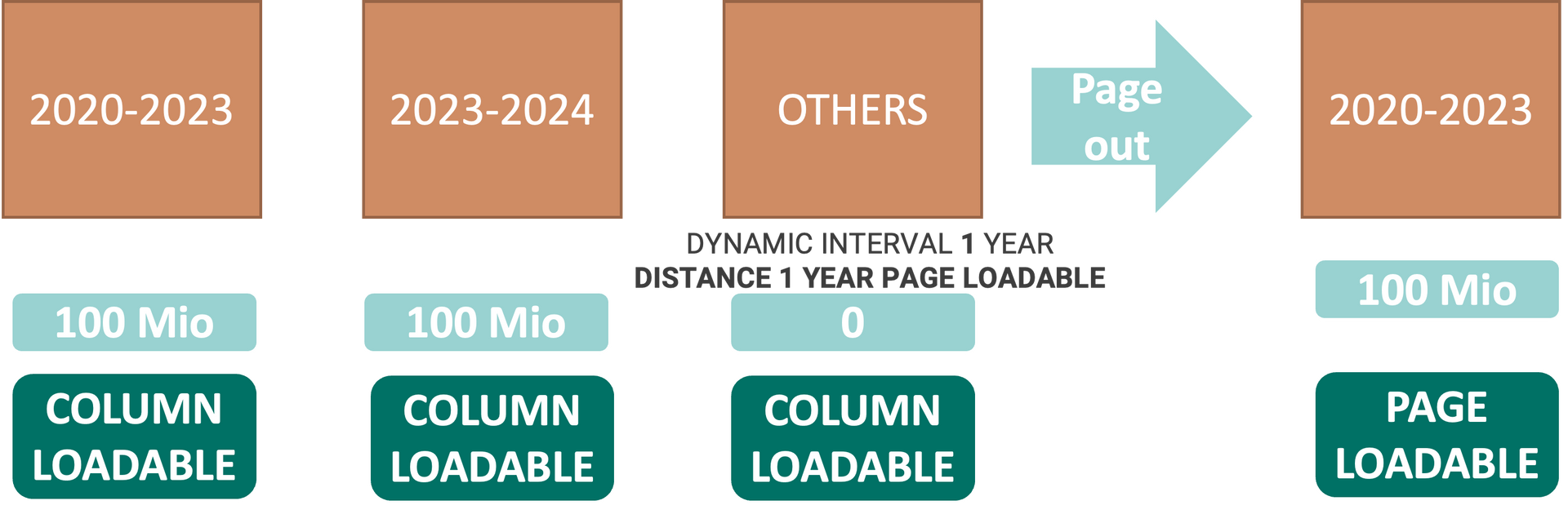HANA News Blog
Supportende HANA 2.0 SPS02
Jens Gleichmann • 8. Januar 2019
Bitte beachten Sie das Supportende von SPS02
Ende März / Anfang April 2019 endet der Support für HANA 2 SPS02. Dies bedeutet, dass nach diesem Zeitpunkt keine neuen Maintenance Revisions mehr für SPS02 (aktuell letzte Revision 24.07) von SAP freigegeben werden. Daher sollten alle Kunden sofort auf die neueste HANA 2.0 SPS03 Revision upgraden.
End of March / beginning of April 2019 the maintenance for HANA 2 SPS02 ends. This means that after this time no new maintenance revisions for SPS02 (currently latest revision 24.07) will be released by SAP. Therefore, all customers should immediately upgrade to the latest HANA 2.0 SPS03 revision.
Details:
SAP HANA News by XLC

Recently handelsblatt released an article with a new SAP RISE option called SAP ERP, private edition, transition option. This option includes a extended maintenance until the end 2033. This means 3 years more compared to the original on-prem extended maintenance. This statement was confirmed by SAP on request of handelsblatt, but customers receive more details, such as the price, in the first half of the year. This is a quite unusual move of SAP without any official statement on the news page. Just to raise more doubts? Strategy? However a good move against the critics and the ever shorter timeline. Perhaps it is also a consequence of the growing shortage of experts for operating and migrating the large number of systems.

With SPS06 and even stronger in SPS07 the HEX engine was pushed to be used more often. This results on the one hand side in easy scenario to perfect results with lower memory and CPU consumption ending up in faster response times. But in scenarios with FAE (for all entries) together with FDA (fast data access), it can result in bad performance. After some customers upgraded their first systems to SPS07 I recommended to wait for Rev. 73/74. But some started early with Rev. 71/72 and we had to troubleshoot many statement. If you have similar performance issues after the upgrade to SPS07 feel free to contact us! Our current recommendation is to use Rev. 74 with some workarounds. The performance degradation is extreme in systems like EWM and BW with high analytical workload.

When it comes to optimizing SAP HANA, the balance between performance and cost efficiency is critical. I am happy to share a success story where we used the Native Storage Extension (NSE) to significantly optimize memory usage while being able to adjust the sizing at the end.
The Challenge: Our client was operating on a 4 TB memory SAP HANA system, where increasing data loads were driving up costs and memory usage. They needed a solution to right-size their system without compromising performance or scalability. The client wanted to use less hardware in the future.
The Solution: We implemented NSE to offload less frequently accessed data from memory. The activation was customized based on table usage patterns:
6 tables fully transitioned to NSE
1 table partially transitioned (single partition)
1 table transitioned by specific columns

SAP NSE was introduced with HANA 2.0 SPS04 and based on a similar approach like data aging. Data aging based on a application level approach which has a side effect if you are using a lot of Z-coding. You have to use special BADI's to access the correct data. This means you have to adapt your coding if you are using it for Z-tables or using not SAP standard functions for accessing the data in your Z-coding. In this blog we will talk about the technical aspects in more detail.

Proactive maintenance for SAP RISE will start now in 2025 with minor tasks like updating SPAM/SAINT and ST-PI / ST-A/PI. For those companies which are familiar with frequent maintenance windows, they are good to have such time frames to hold the systems up-to-date and secure. However, for larger companies where such frequent maintenance windows are not common because every minute of downtime is costly and may only really be necessary once, the situation is quite different.

Dynamic Aging makes it possible to automatically manage at which point in time older partitions can be moved to the 'warm' data store.
The data in a new OTHERS partition is 'hot' data, that is, stored in memory with the load-unit attribute implicitly set to COLUMN LOADABLE. As an extension of the Dynamic Range Partitioning feature Dynamic Aging makes it possible to automatically manage when older partitions can be moved to the 'warm' data store (Native Storage Extension) with the load-unit attribute for the partition set to PAGE LOADABLE. Warm data is then stored on disk and only loaded to memory when required.
Dynamic Aging can be used with both THRESHOLD mode (defining a maximum row count number in partition OTHERS) and INTERVAL mode (defining a maximum time or other numeric interval between each new partition). For example, for a partitioned table which is managed by dynamic partitioning and containing date/time information, you can specify an age limit (for example six months) so that when data in an ol

You can create partitions with a dynamic others partition by including the DYNAMIC keyword in the command when you create the partition, this can be used with either a THRESHOLD value to define a maximum row count number or an INTERVAL value which can be used to define a maximum time or other numeric 'distance' value. The partition can be either a single level or a second level RANGE partition and dynamic ranges can be used with both balanced and heterogeneous partitioning scenarios.







